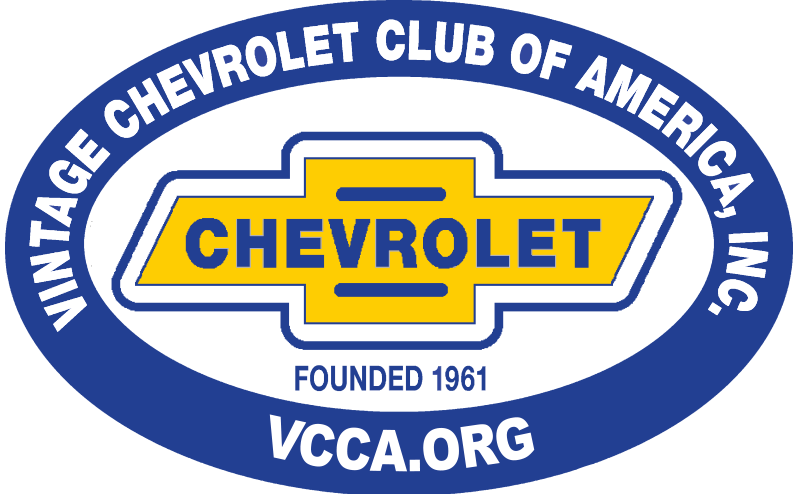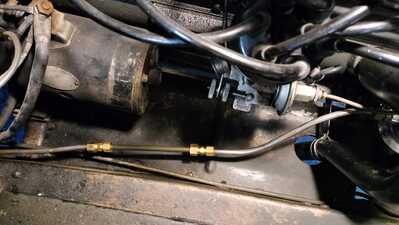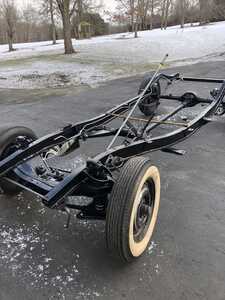1941 Master Deluxe Chevy 216 engine.
Our oil pan gasket is leaking and the rear main seal needs replacing. The engine is in the car. We have removed all of the bolts on the pan. Now the issue is that it is stuck to the engine block. We attempted hitting it with a dead blow hammer, making sure not to hit it so hard as to dent it. Attempted using a putty knife to pry it off but could not get it in. Yesterday we started spraying the gasket with WD-40 hoping it might penetrate and do something (yes we are desperate to try that one.) We have ordered a Lisle 50210 Gasket Separator from Amazon and will try that when it comes in on Friday.
Any ideas on how to get this pan off without damaging it? What are we missing? It is really frozen to the block.
Hilton, New York
1941 Chevrolet Master Deluxe
1987 Monte Carlo LS
2001 Chrysler Sebring Convertible
The only thing I can offer is to make sure you do have ALL of the bolts out, which I'm sure you've already done.
Especially the hex head cap screws at the 4 corners right up against the main bearing caps.
Other than that, attack the problem at the "corners" of the pan where the pan is strongest due to the angles formed there by the sheet metal.
Do you have the splash pans removed? It's MUCH easier to work on the pan when they aren't there. 🙂
Ole S Olson
Saskatoon, Sask, Canada
1946 DR 3/4 ton stake
1139 old site posts
What do you mean by splash pans? We have taken some shields off.
Hilton, New York
1941 Chevrolet Master Deluxe
1987 Monte Carlo LS
2001 Chrysler Sebring Convertible
I believe Ole is referring to the pans/shields that run down the side of the engine that help keep splashing water off of the engine. Below are the pans on my 38. You just get a peek on the driver's side where the exhaust pipe goes through.
7046 old site posts
Save a life, adopt a senior shelter pet
There are many good people. If you can't find one, be one.
1938 Master Business Coupe-Sold, now living in New Jersey
1953 210 Sedan
If those are like a floor for the engine bay my car did not have them when I got it.
Hilton, New York
1941 Chevrolet Master Deluxe
1987 Monte Carlo LS
2001 Chrysler Sebring Convertible
In removing the oil pan on my ‘37 Chevy 1/2 ton I recall having done the following. I used a short piece of 1x4 wood for a buffer and a rubber mallet to bump (gently) at least two corners to break the gasket/pan bond, then using a putty knife, gently tapped into the corners. It was worked around the pan sides, pushing and gently prying the knife up and down. The bond broke loose within a few inches of the corners enough so a flat blade screw driver could finish the job.
Be certain ALL fasteners have been removed before replicating this process.
We got the oil pan off! Used a Lisle 50210 Gasket Separator tool to do the job. The blade has a slight curve to it and acts as a wedge. We were able to get the tool started in a corner and tap it along the length of the pan cutting the pan off. There is a cork gasket on the pan but there is also a heavy coating of a gray epoxy like sealant. This sealant is rock hard. A putty knife does not want to chip it off but a blade will with some work.
Thanks for all of the help.
Hilton, New York
1941 Chevrolet Master Deluxe
1987 Monte Carlo LS
2001 Chrysler Sebring Convertible
I wonder what that stuff is? That's bizarre.
7046 old site posts
Save a life, adopt a senior shelter pet
There are many good people. If you can't find one, be one.
1938 Master Business Coupe-Sold, now living in New Jersey
1953 210 Sedan
Gray epoxy type suggests J B Weld to me.
How sweet the roar of a Chevy four
Participant on Chatter since 11/22/2001
19758 posts on the former Chatter site
Went to my local NAPA an they had a product that was able to soften up the gray stuff and allow us to scrape it off. Took a few applications and some time letting it do its thing but it is now off. I have no idea what it was but it is gone now.
Hilton, New York
1941 Chevrolet Master Deluxe
1987 Monte Carlo LS
2001 Chrysler Sebring Convertible




